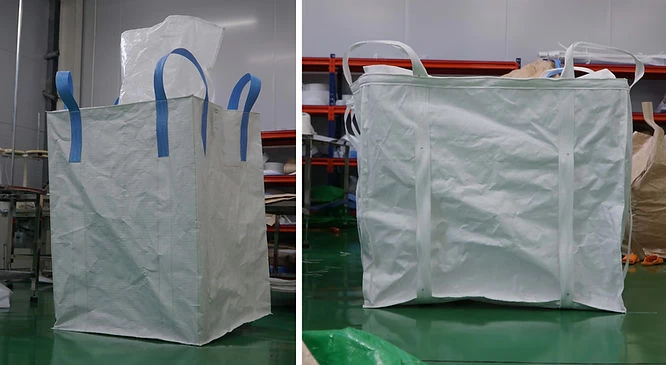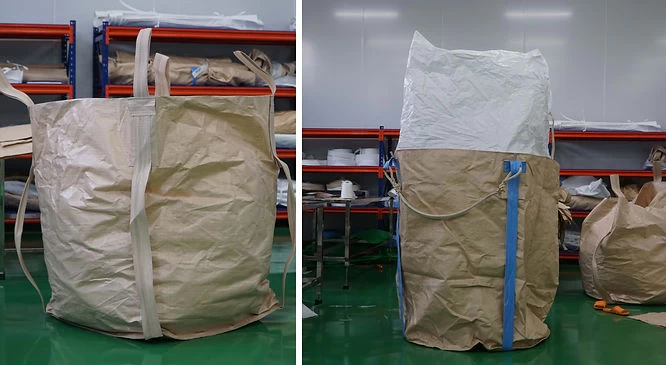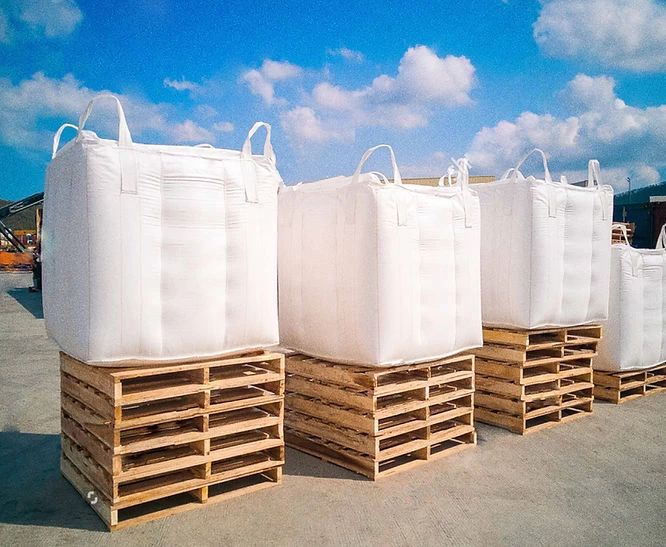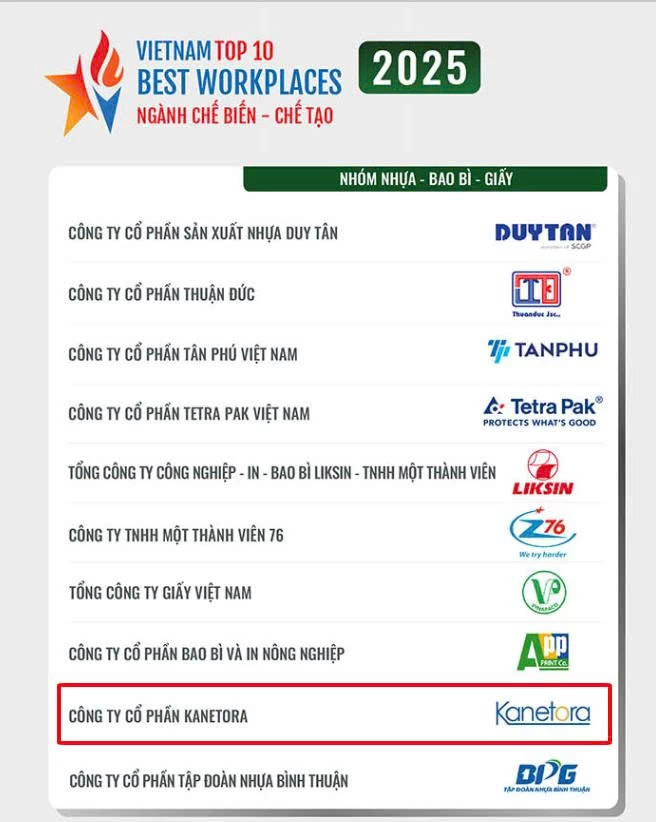How many types of FIBC liners? Do you know the difference among types of FIBC liners? How to select the right FIBC liner?
FIBC bags are very useful and beneficial to lots of businesses. To use them effectively as well as save costs, you will need to know the types of FIBC liners and the difference between them. So, how many types of FIBC liners? Keep reading the article to find out and understand more about this topic.

How many types of FIBC liners?
Demands for FIBC liners
The market is constantly flooded with dry bulk items, and the need for bulk bags or Flexible Intermediate Bulk bags (FIBC) has skyrocketed. People tend to re-use these bags for extended periods of time due to their flexibility.
This isn’t usually a good idea since, because they’re constructed of polypropylene woven cloth, they often degrade in quality after prolonged exposure to sunshine. However, they are extremely beneficial for carrying big freight in a safe and sanitary manner.
More significantly, if you can get your hands on high-quality FIBCs with decent FIBC Liners, they will require less handling, last longer, and keep your product from becoming contaminated. As consequence, demands for good FIBC liners increase sharply and it’s essential to know their nature to select the right one.

It’s essential to know the difference between types of FIBC liners
Types of FIBC liners
In the market, there are many types of FIBC liners depending on what you need to store. Normally, liners for FIBC bags are inserted loosely or directly attached to the bag.
Here are some common types of FIBC liners you should know:
Form-fit FIBC Liners:
These liners have the precise shape of the FIBC bags. Made of polyethylene, therefore, they are flexible and able to conform to the exact shape of the FIBC, including the spouts, allowing for quick filling and discharge of the substance they are transporting.
A big plus of this type is that these liners may be simply removed or remain in the FIBC permanently. Aside from that, the spouts of the containers can be heat-sealed to promote sanitation and protection.
When compared to other regular liners, this liner can hold 15 to 20% more items. Filling time is reduced by around 30-35 percent as compared to bags with tubular liners.
Lay-flat FIBC Liners:
These polyethylene Lay-flat liners are cylindrical and lack spouts. They are usually open on top and closed on the bottom. Despite the fact that they lack discharge outlets, they are a popular FIBC design.
Sometimes one end of these containers is thermally sealed. If you need a product that requires such a configuration, these tubular liners are ideal. You are able to purchase them in a form of pieces or rolls.
Conductive Liners
There are three types of conductive FIBC liners. The type L1 Liner is constructed of polypropylene. The Type L2 Liner is an anti-static film made of polyethylene, whereas the Type L3 Liner is constructed entirely of polyethylene film.
Tubular Liners
These tubular liners for FIBC bags are normally pre-inserted while the bags are still in the production unit. The aperture is at the bottom of these liners, which is the tubular liners’ distinguishing structural feature.
Tubular liners do not require a bottom seal to be cut, but the liner’s end is fed through the discharge spout and knotted at the time of manufacture, eliminating the requirement for feeding as well as cutting the liner at the time of discharge.

Tubular liners
Select the right FIBC liner
If you are wondering to select the right FIBC liners for your production needs, Kanetora can help. It sells various types of FIBC liners as well as Bulk bags.
These products are very resistant to moisture and sifting, and able to keep your goods fresh under the UV radiation exposure. These bulk bags are long-lasting and reusable, which means you might save a lot of money in the long run.
Let’s contact Kanetora if you’re interested in this topic and want to know more. Stay tuned to https://www.kanetora.vn/blog for more useful news.




